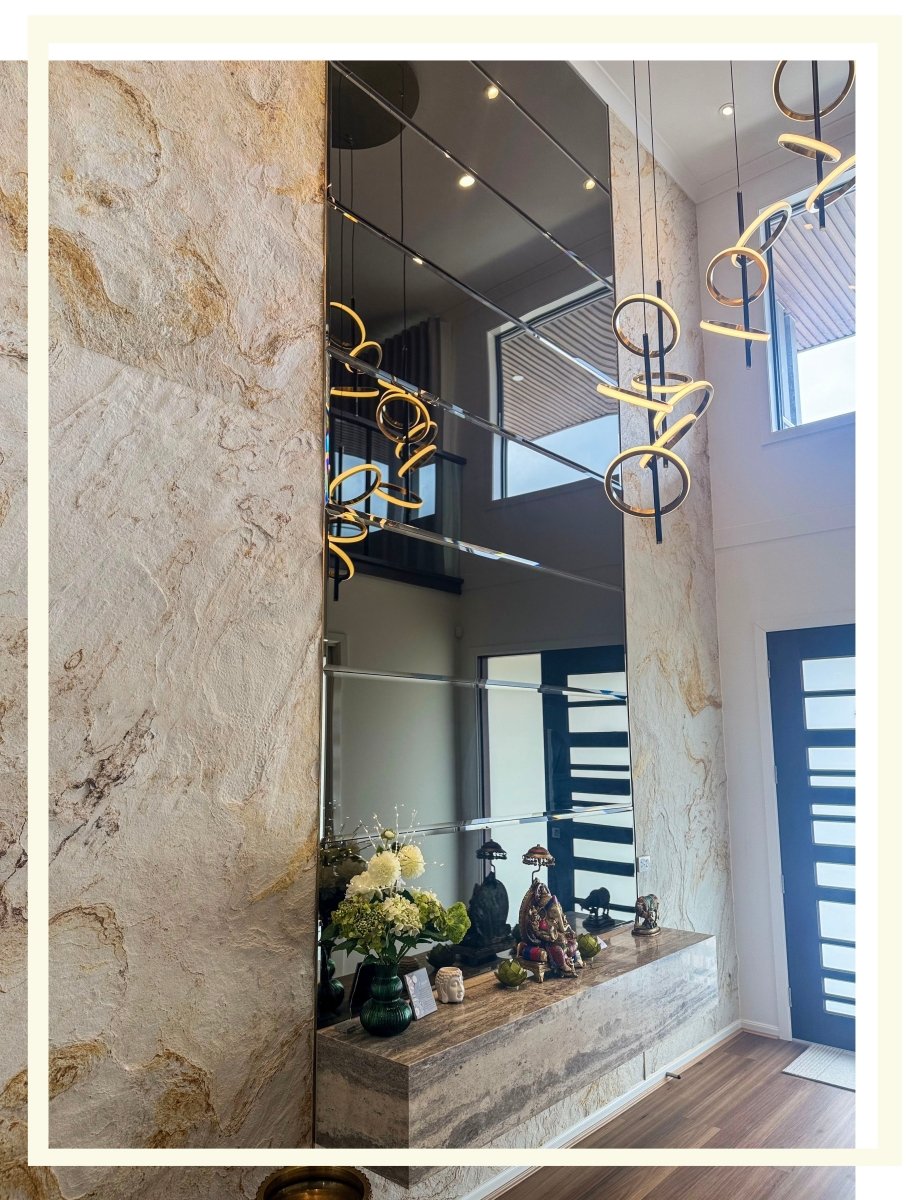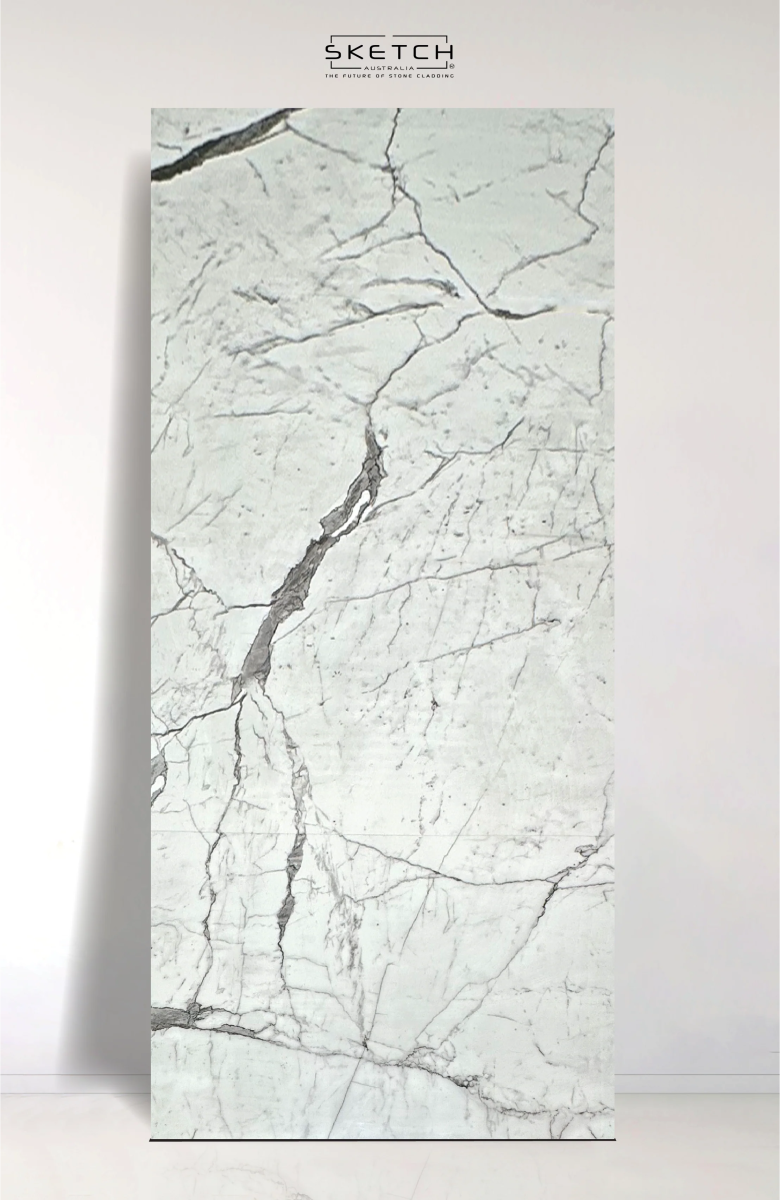
Stone cladding is a layer of natural stone or stone veneer affixed to the exterior or interior walls of buildings, serving both protective and decorative roles. It enhances curb appeal while defending the structure against weather, wear, and environmental impacts.
Stone’s natural aesthetic stands out because each piece is unique in texture and color, lending timeless elegance and character to homes. This variability allows for creative design possibilities, from contemporary sleekness to rustic charm.
Durability is a key reason for choosing stone cladding, especially in Australia’s diverse climate. Stone withstands extreme weather conditions such as intense UV rays, heavy rains, and strong winds. It resists fading, warping, and degradation that affect many alternative materials. Stone cladding has also been shown to endure the hot summers and cool winters typical of Australian regions, maintaining its structural integrity without losing its appeal.
Another significant benefit is stone’s natural insulation capability. The high thermal mass of stone absorbs heat during the daytime and releases it slowly during cooler periods, helping to regulate indoor temperatures. This thermal regulation improves energy efficiency by reducing the need for artificial heating and cooling, an advantage that is particularly relevant in Australia’s fluctuating temperatures. As a result, homeowners often experience lower energy bills and a more comfortable living environment.
Stone cladding requires minimal maintenance compared to other materials. Routine cleaning, such as wiping dust from interior stone walls or gentle washing of exteriors, is usually sufficient to keep its appearance fresh. Proper sealing, done periodically, protects against moisture and preserves the stone's durability and coloration for the long term. Its natural resistance to fire adds a layer of safety—a crucial factor in fire-prone regions of Australia.
Homes and buildings clad with stone often have heightened property values, as the premium finish and longevity of stone are highly sought after in real estate markets.
Popular stone types used in Australian cladding projects include:
- Sandstone, favored for its warm tones of brown, cream, and gold, which offer a welcoming natural look.
- Slate, delivering a modern, textured finish with variations of grey and black.
- Granite, prized for its robust, speckled surface, known for extreme durability.
- Limestone, providing soft tones and a smooth texture suitable for subtle, elegant designs.
Stone cladding’s versatility makes it suitable for a variety of architectural styles—from traditional homes to contemporary minimalist constructions—accommodating both interior feature walls and full exterior façades.
In summary, stone cladding offers Australian homeowners an elegant, durable, and energy-efficient solution that enhances both aesthetics and functionality, making it a smart and lasting investment for any home exterior. This blend of natural beauty, climate resilience, insulation benefits, low upkeep, fire resistance, and property value increase distinctly marks stone cladding as a superior choice for wall finishes in Australia’s challenging environments.





